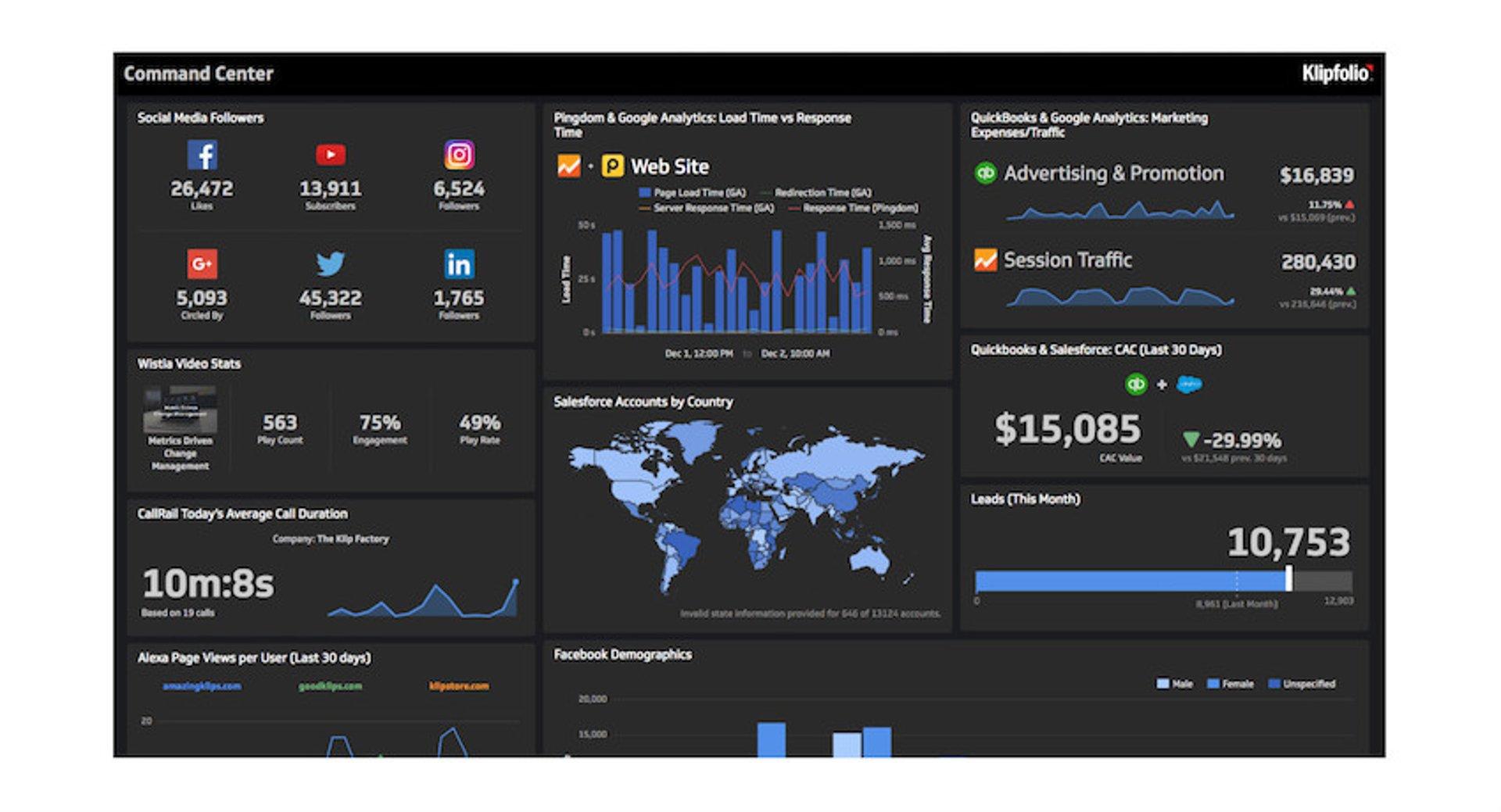
In an age where digital content reigns supreme, YouTube stands as a cornerstone of online influence, shaping how brands engage with audiences worldwide. With millions of creators vying for attention, understanding the intricacies of YouTube Analytics becomes essential for anyone looking to leverage this platform for influencer marketing. But amidst the sea of data, what do those numbers really mean? How can creators and brands decipher the analytics to maximize their impact and refine their strategies? In this guide, we embark on a journey to decode YouTube Analytics, uncovering the insights that can elevate influencer marketing efforts.Whether you’re a seasoned marketer or an emerging creator,unlocking the potential of YouTube’s rich data could be the key to creating authentic connections and achieving meaningful results. Join us as we explore the metrics that matter and reveal how to transform raw numbers into actionable strategies for success.
Understanding Key Metrics That Matter
Metrics play a pivotal role in shaping your YouTube strategy,as they offer insights into viewer engagement and channel performance. Understanding watch time, click-through rate (CTR), and subscriber growth can help you refine your content and increase your reach. Here are some key metrics to monitor:
- Watch Time: This indicates the total minutes viewers have spent watching your videos. Higher watch time signals quality content that keeps viewers interested.
- CTR: This ratio shows how often people click on your video after seeing the thumbnail. A compelling thumbnail and title can dramatically improve this metric.
- Subscriber Growth: This metric tracks how many new subscribers your channel gains over a specific period and reflects your ability to engage viewers consistently.
Additionally, consider the audience retention rate, which reveals how well you hold viewers throughout your video.A steady decline might suggest that improvements are needed in content delivery. Another essential metric is traffic sources, which highlights where your views are coming from, enabling you to tailor your marketing efforts accordingly.
| Metric | Importance |
|---|---|
| Watch Time | Indicates content engagement |
| CTR | Reflects thumbnail effectiveness |
| Subscriber Growth | Shows channel popularity |
| Audience Retention | Measures video quality |
| Traffic Sources | guides marketing strategies |

Navigating Audience Demographics for Targeted Campaigns
Understanding your audience is pivotal for crafting successful YouTube campaigns. By diving into YouTube Analytics, marketers can uncover invaluable demographic insights that allow for tailored messaging and creative strategies. Key metrics to focus on include:
- Age: Knowing age ranges can help you decide on the tone and content depth that resonates.
- Gender: Tailor your messages to align with the preferences of your audience’s gender distribution.
- Geography: Identify where your viewers are located to create culturally relevant content.
- Device Type: Understanding whether your audience prefers mobile or desktop can influence your ad formats.
To illustrate how audience demographics can enhance your targeting, consider the following sample breakdown based on hypothetical YouTube data:
| Demographic | Percentage |
|---|---|
| 18-24 Years | 35% |
| 25-34 Years | 30% |
| Male | 60% |
| Female | 40% |
| top Region: USA | 50% |
by utilizing such granular data, marketers can develop campaigns that not only engage their audience but also drive greater conversions. Enhancing your campaigns through pointed demographic insights fosters a connection that transforms casual viewers into loyal fans.

Optimizing Content Strategy through Viewer Engagement
Understanding viewer engagement is crucial for refining your content strategy on YouTube. By regularly analyzing metrics like watch time,click-through rate (CTR),and audience retention,creators can discern what resonates with their audience. For instance, videos with high engagement often showcase specific elements that captivate viewers, such as:
- Relatable storytelling that emotionally connects with viewers.
- Strong visuals that maintain interest and reduce drop-off rates.
- Consistent branding that reinforces the creator’s identity.
Additionally, incorporating feedback loops can create a more interactive experience that fosters community engagement.Strategies such as encouraging comments, conducting polls, or responding to viewer inquiries not only deepen the connection with the audience but also provide invaluable insights into their preferences. Consider this table that outlines common engagement strategies alongside their potential impact:
| Engagement Strategy | Potential Impact |
|---|---|
| Live Q&A sessions | Boosts real-time interaction and fosters community building. |
| Content Polls | helps tailor future content to viewer interests. |
| Call-to-Action (CTA) | Increases viewer participation and retention. |

Leveraging Trends and Performance Data for Future Growth
In the dynamic realm of influencer marketing, utilizing trends and performance data can significantly enhance your strategy for future growth. Start by examining your YouTube analytics dashboard, focusing on key metrics that reveal audience engagement patterns. Look for trends in view counts, watch time, and subscriber growth to understand what content resonates most with your audience. By identifying peak performance periods, you can tailor your content calendar to align with audience interests, ensuring that your videos capture attention when it matters most. Additionally, demographic insights can definately help you refine your targeting, allowing you to cater to the preferences of unique audience segments.
Another crucial aspect is benchmarking your performance against competitors and industry standards.Create a table to compare your significant metrics,such as engagement rate and conversion rate,with those of similar creators. This comparative analysis can unveil opportunities for improvement and inspire creative content ideas. here’s a simple representation of how you might structure this in your reporting:
| Metric | Your Channel | Competitor A | Competitor B |
|---|---|---|---|
| Average Engagement Rate | 4.5% | 3.8% | 5.2% |
| subscriber Growth (Last Month) | 500 | 320 | 650 |
| Watch Time (hours) | 1200 | 1000 | 1400 |
By leveraging these insights, you can pinpoint areas for enhancement and adjust your content strategy accordingly. Embracing data-driven decisions not only fosters community growth but also bolsters your positioning within the competitive landscape of influencer marketing.
future Outlook
In the dynamic landscape of influencer marketing, understanding the pulse of your audience is paramount. YouTube Analytics serves as the compass guiding creators and brands through the vast ocean of viewer engagement, preferences, and trends. By decoding these insights, influencers can refine their strategies, foster genuine connections, and ultimately amplify their impact.
As you embark on your journey through the intricacies of YouTube Analytics, remember that each view, like, and comment is a thread in the tapestry of your brand’s story. Embrace the data, experiment with your findings, and don’t hesitate to adapt. The world of digital content is ever-evolving, and so too should be your approach to engagement.
So, keep exploring, learning, and growing. The insights you gain today may just pave the way for tomorrow’s successes. With knowledge as your ally, you’re not merely a creator; you’re a trailblazer ready to redefine what’s possible in the influencer marketing realm. Happy analyzing!